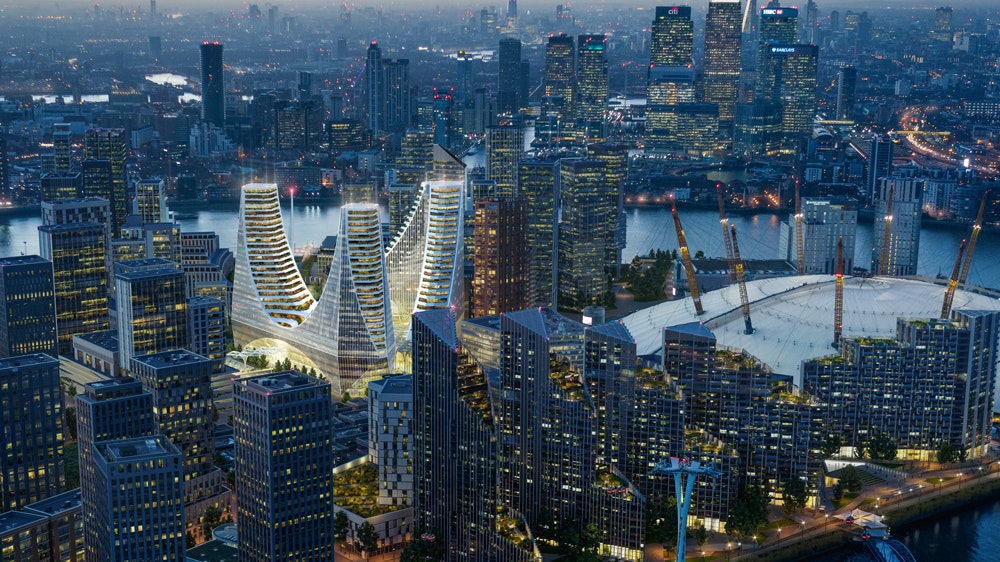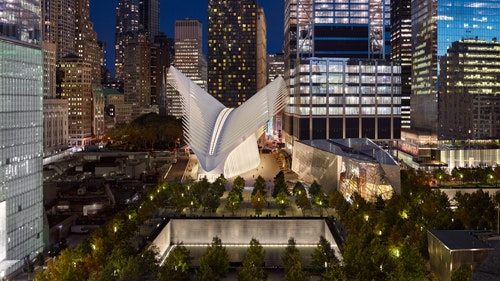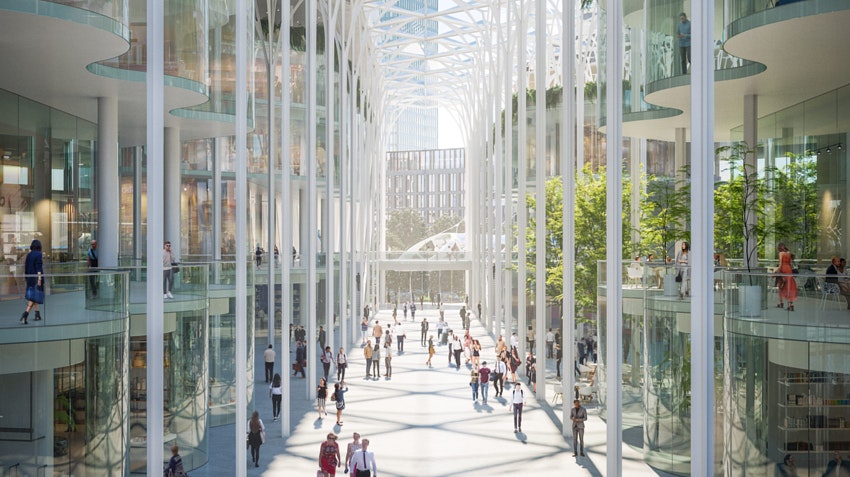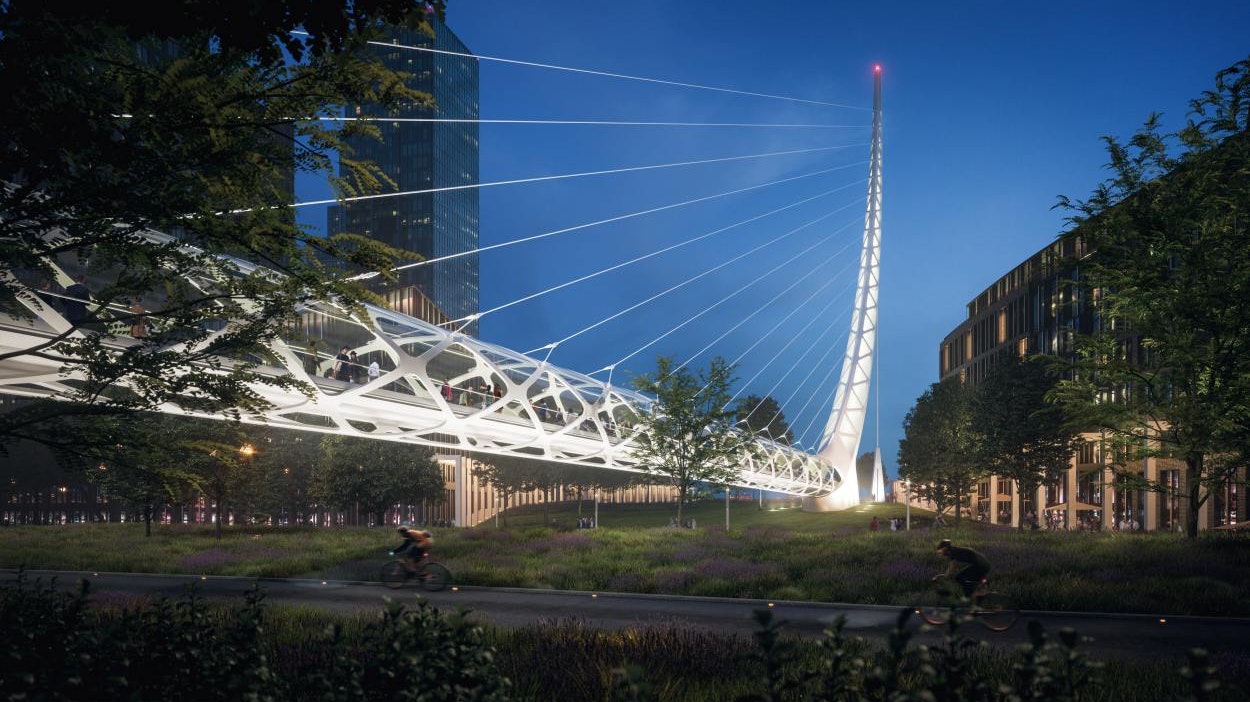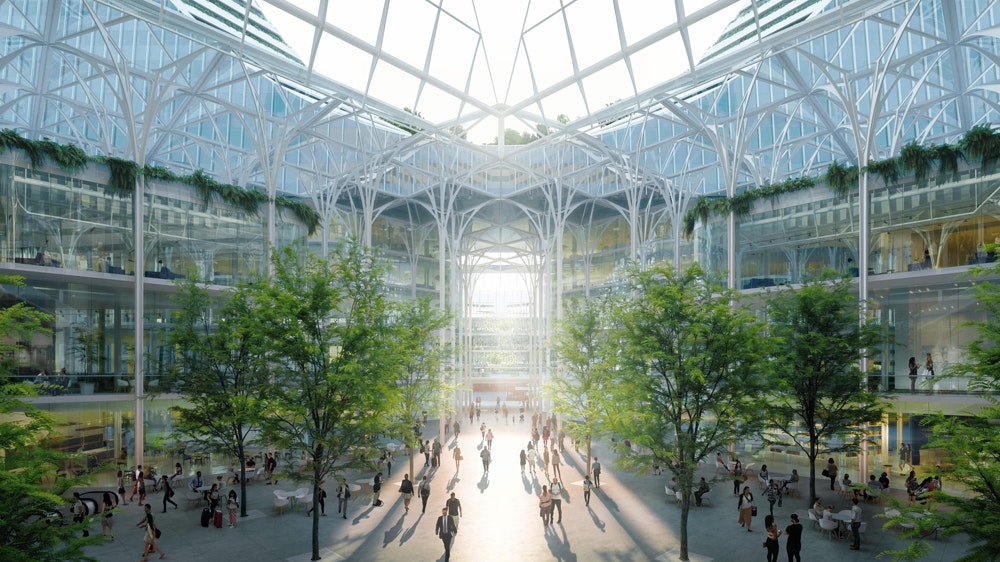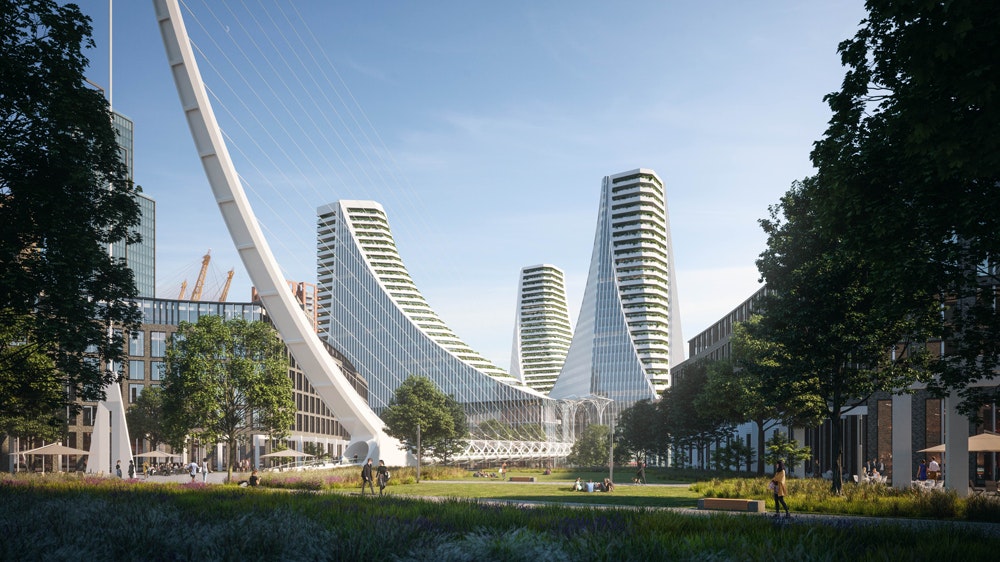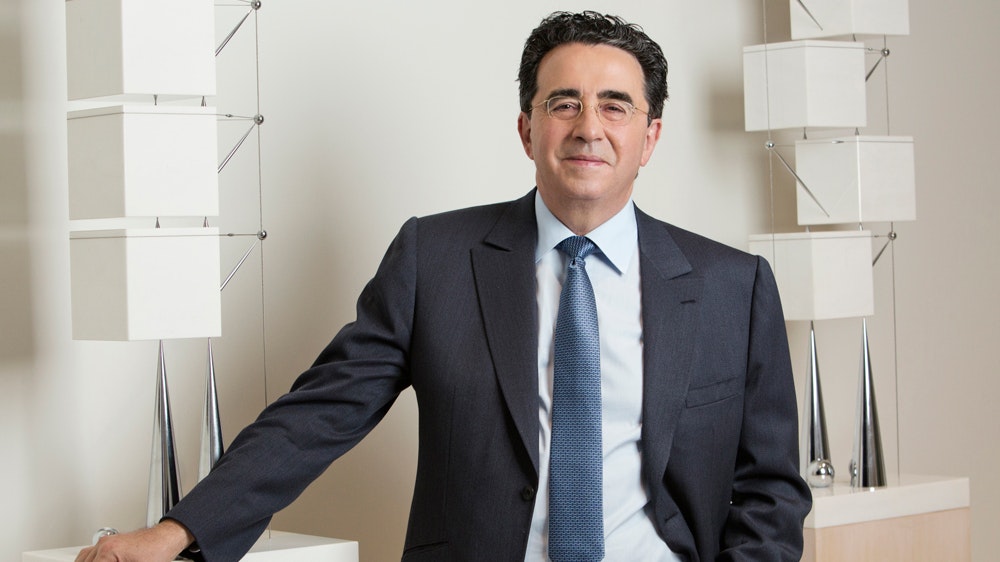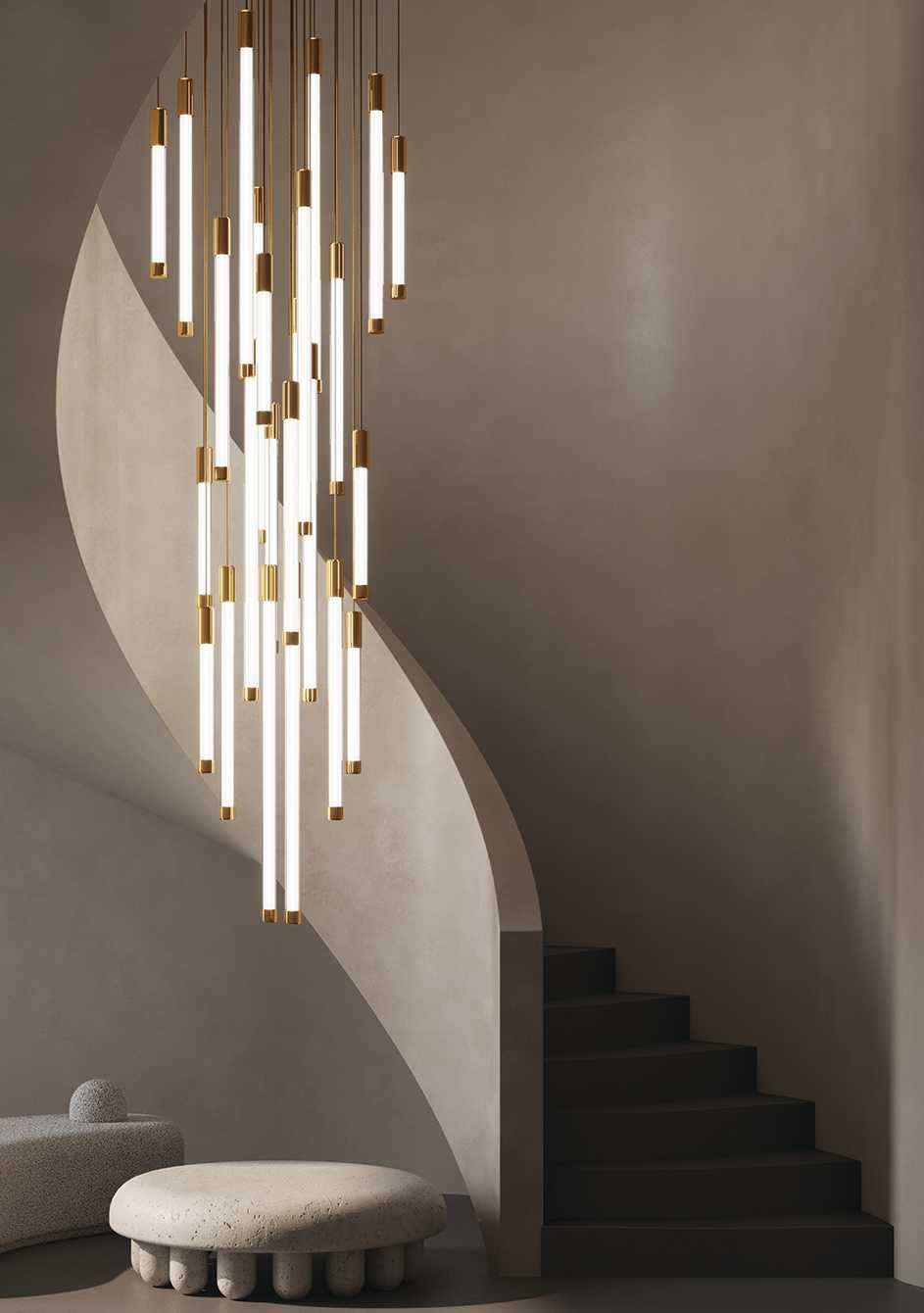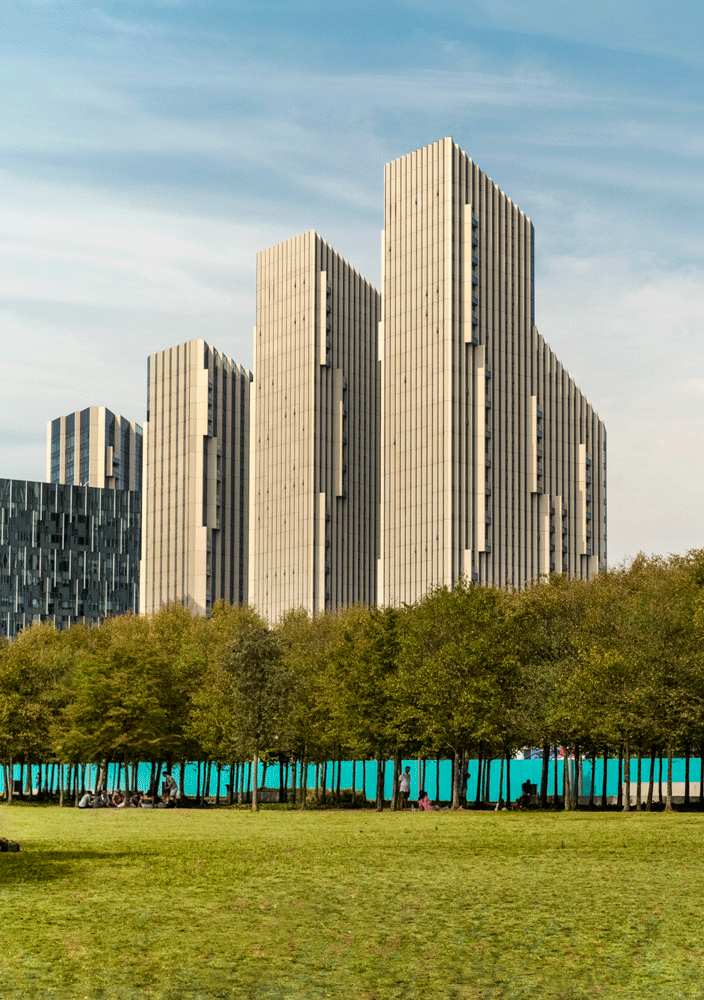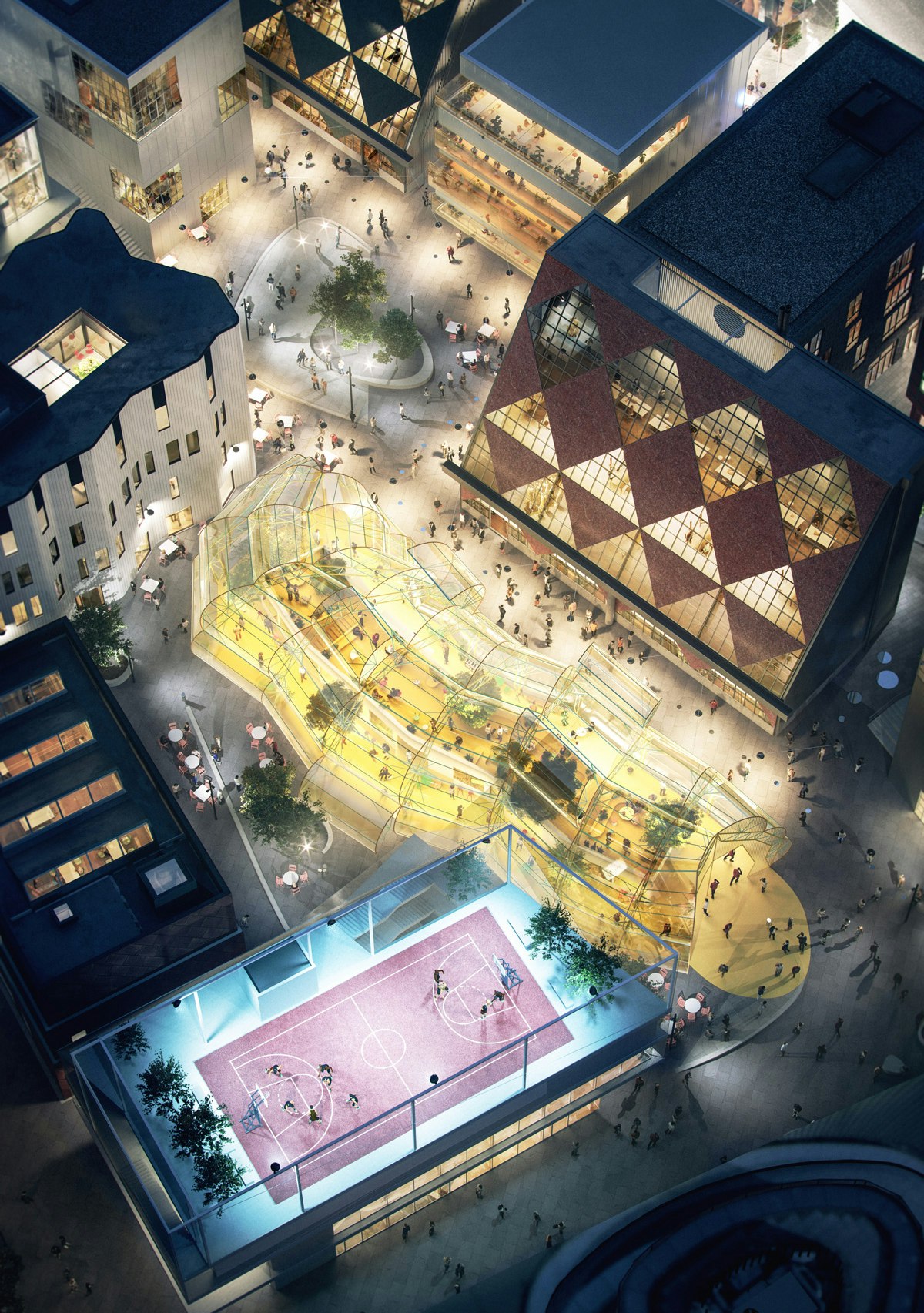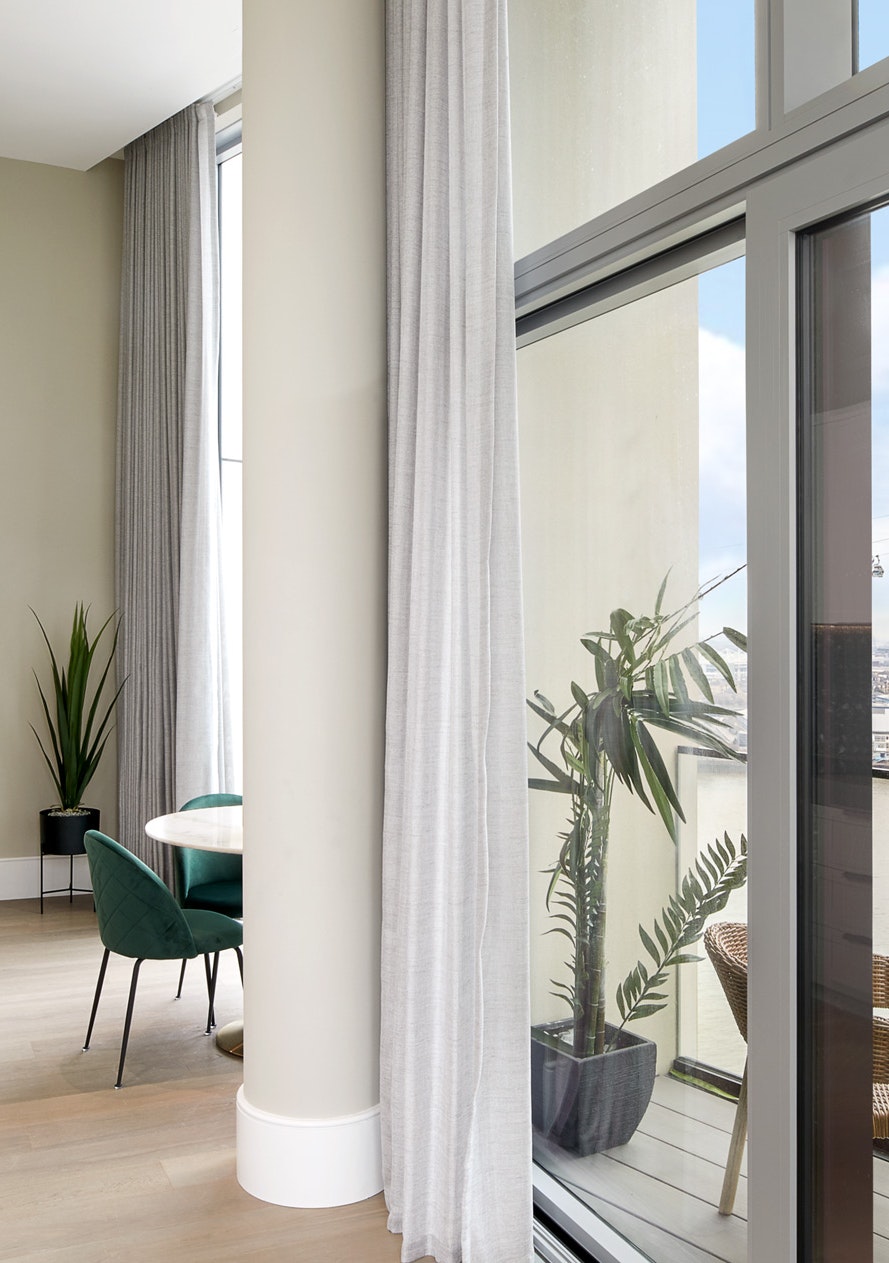
Peninsula Place: 'The model is London itself'
Stepping out of Charing Cross to meet the gaze of Trafalgar Square’s lions, the long shadow of Nelson and flocks of visitors inspecting the latest fourth plinth. Crossing Millennium Bridge to see the vast wall of the Tate Modern. Striding up the steps of Westminster tube and spotting perhaps the most iconic clock face in the world. Emerging from London Bridge station and casting back your head to see The Shard in the clouds. You’ll have other favourites.
Over the coming years thousands upon thousands of people will step from the bus and tube stations on to Greenwich Peninsula. They will come to live, work and be entertained. They will arrive with potential and curiosity, and the architecture they step into and out from must rival the best of London’s landmarks. This is Peninsula Place.
The spirit of the new Peninsula neighbourhoods encourages artistry and originality whenever possible. That’s why talks about Peninsula Place have been happening for over a year with one of the world’s most original, artistic and challenging architects, Santiago Calatrava. The creation of Peninsula Place will be his first ever piece of architecture in Britain.
The best architects challenge places to live up to their potential. Signature buildings can change everything about a part of a city. The role of an architect demands vision and originality, but also sensitivity to the site’s history and surroundings. Santiago Calatrava makes otherworldly, sculptural buildings. Famed for The Oculus – part the new transport hub in the new World Trade Centre – his international projects include the Museum of Tomorrow in Rio de Janeiro, the Peace Bridge in Calgary and the Sharq Crossing in Qatar opening for the 2022 World Cup.
Peninsula Place responds to its natural surroundings, its unique position, the history of Greenwich, the Meridian and to Calatrava’s love of British engineering.
He explains ‘we are creating in the minds of people a place, an arrival, not just a traditional space. Everywhere there are elements that can create an identity – parks, the meridian line, an arcade and winter garden. These all make it the heart of the place.’ He continues ‘The model for us was London itself to catch a bit of the city, the passages, the small discoveries that make London picturesque. I look at London’s details – the richness of its interior spaces articulated in a very human way.’
Now, writing about architecture isn’t far removed from trying to dance about cooking. Architecture is ultimately a blend of art and engineering. Standing in a cathedral-sized space savouring a moment under sun-streaming glass needs to be experienced rather than read about. But delving into Calatrava’s influences is fascinating.
Emerging from the tube into the winter garden you find an urban forest – real trees beneath a glass canopy that unfolds to let in the air and weather – leading to a galleria of pavement cafes and shops. And in a hymn to the ancient orchards that grew on the Peninsula, slender columns create an ‘avenue of trees’, their branch-like crowns supporting the monumental glass canopy.
Of course Greenwich is famous as the beginning of the Meridian, so Peninsula Place’s bridge to the river has a mast and cable casting a shadow like a giant sundial. It marks time as Greenwich has always marked time.
The architecture, engineering and tradition of London and Britain permeate the design of Peninsula Place. You’ll discover references to iconic stations with vaulted roofs and expressed structural elements. You’ll find echoes of London’s grand gallerias such as Burlington Arcade and Leadenhall Market.
“It's built around emotions.”
It’s architecture that stands on the shoulders of giants such as Joseph Paxton’s Crystal Palace, Brunel’s tunnel at Rotherhithe, and London’s great market spaces like Covent Garden, Spitalfields and Borough Market. The shops lining the galleria are fronted by contemporary interpretations of classic bow windows to allow transversal views. Calatrava enthuses ‘Paxton. Brunel… they have been idols all my life. I am paying homage in the modesty of my work to these greats.’ Dancing about cooking, remember? Peninsula Place will be somewhere to experience not just read about.
Peninsula Place is an £1bn investment, 1 million sq ft of shops, bars, theatres, cinemas, performance spaces, apartments and hotels. Three towers, each rising to 40 storeys. An 80ft high canopy. But those are facts for the business pages or architecture fans across the world. Actually, for most of us, it will be a place in which we’ll have a series of moments. Moments of arrivals and departures in life. That will be the real beauty of Peninsula Place.
Peninsula Place could have been utilitarian. Something functional. A ‘transport hub’ in other words. But Calatrava makes it magnificent. People will arrange to meet for the first time here. They’ll say emotional goodbyes under its roof. Children will be silly in the sunlight. Couples will stop and share something only they are privy to. Like all those other landmarks in London, Peninsula Place asks people to marvel at architecture but more importantly is an inspiration for real, rich life. As Calatrava says, ‘it is built around emotion’.
Discover more about Peninsula Place at the Peninsula Place exhibition, opening 18 February 2017.
